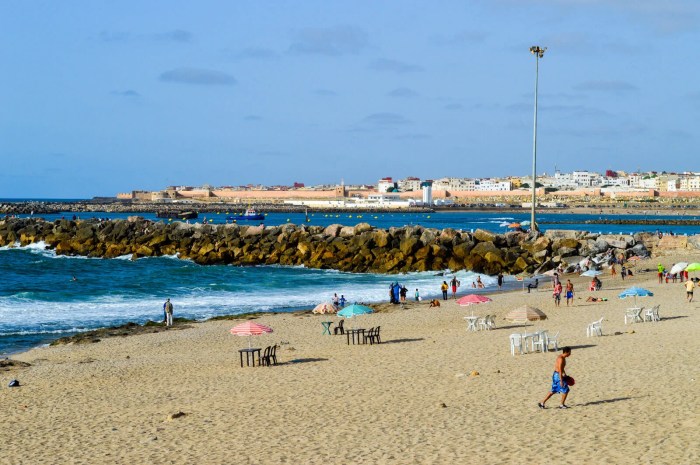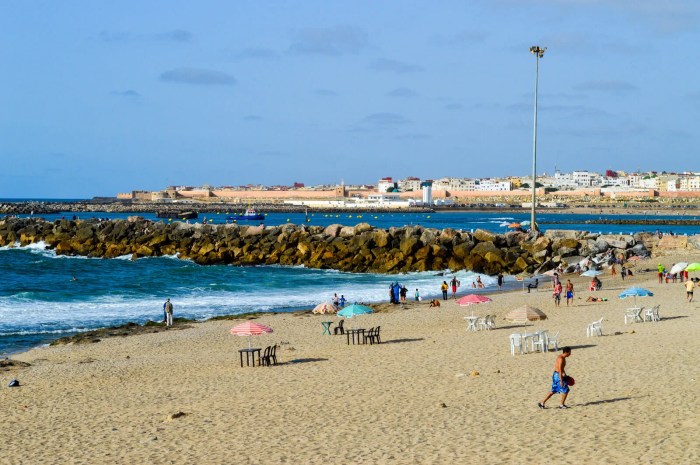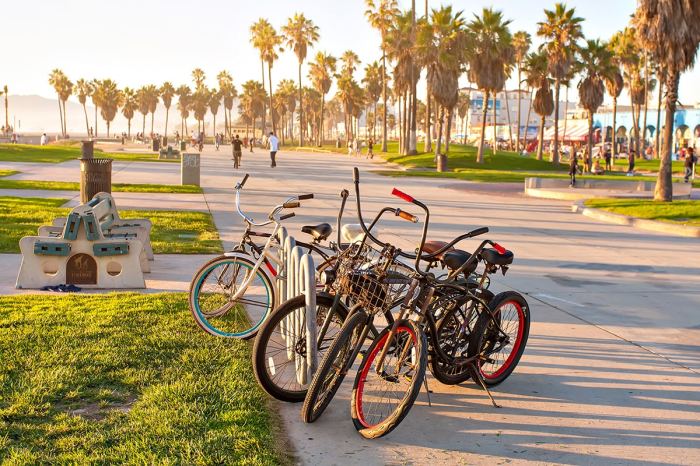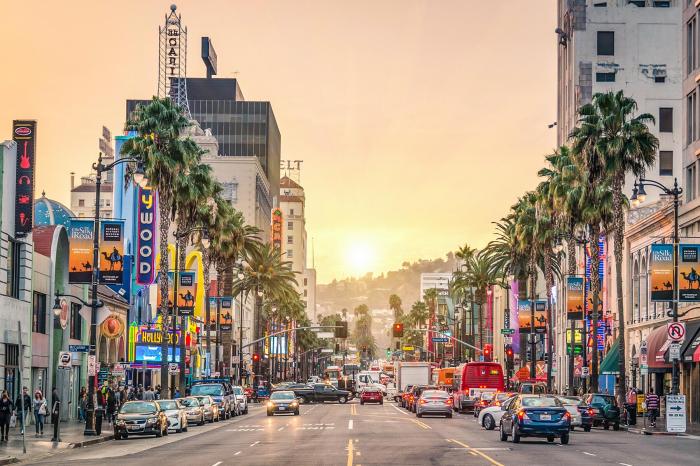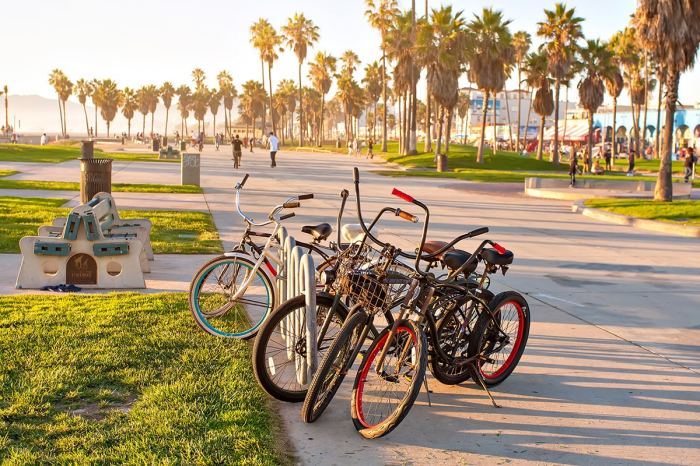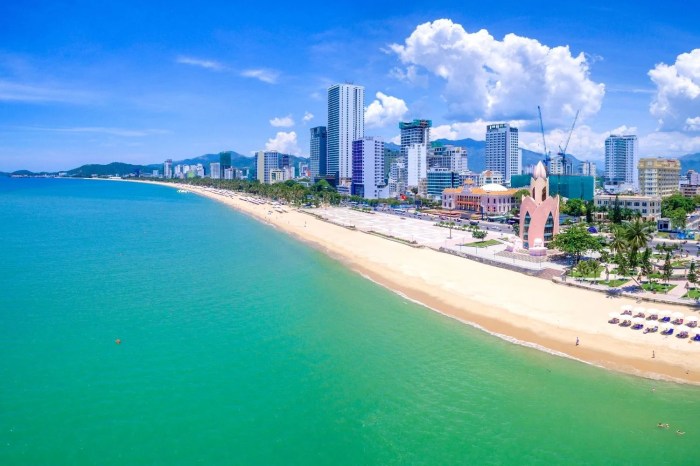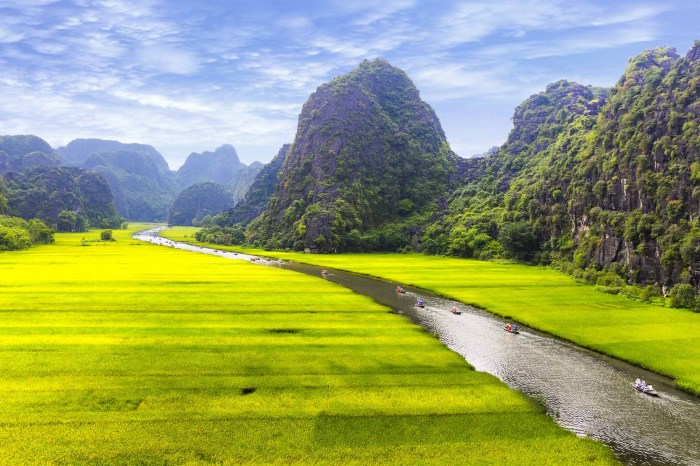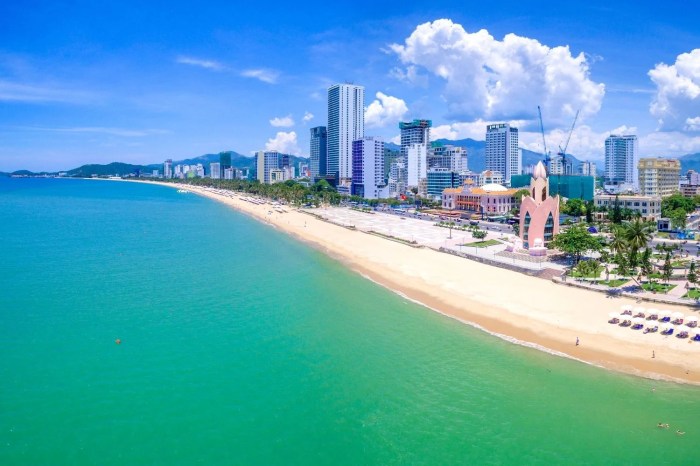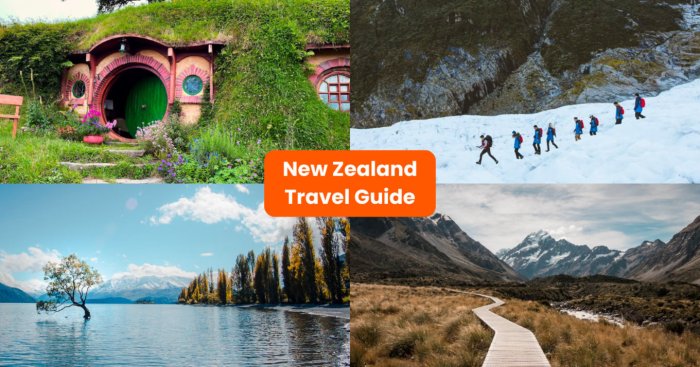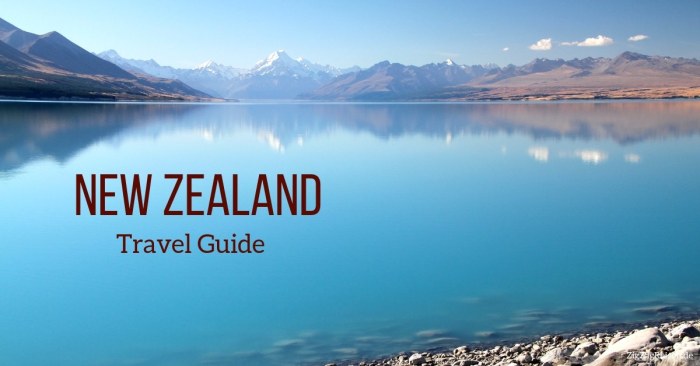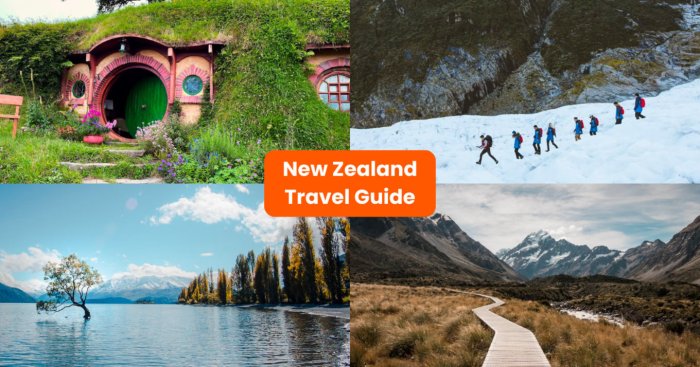First time guide to South Dakota: Embark on an unforgettable journey through the stunning landscapes and rich history of the Mount Rushmore state. This comprehensive guide will equip you with everything you need to plan a memorable trip, from must-see attractions to local experiences and budget-friendly tips.
Discover South Dakota’s diverse offerings, from the iconic Black Hills to the rolling prairies. Learn about its unique blend of natural wonders, historical sites, and cultural experiences. This guide will help you navigate the state, ensuring you have an enriching and insightful visit.
Introduction to South Dakota

South Dakota, a state nestled in the heart of the Great Plains, boasts a unique blend of natural beauty, rich history, and a resilient spirit. From the majestic Black Hills to the vast prairies, this state offers a captivating experience for visitors and residents alike. Its rugged landscapes and vibrant culture provide a glimpse into the nation’s past and present.
The state’s history is deeply intertwined with the land and its people, shaping its character and identity.The state’s history is a testament to the enduring human spirit, marked by the resilience of its settlers and the preservation of its cultural heritage. The state’s geography and climate play a vital role in its economy and way of life, shaping its agricultural practices and resource management.
South Dakota’s natural wonders and landmarks are a source of pride and inspiration, attracting tourists and preserving the state’s unique beauty for future generations.
Historical Background
South Dakota’s history is a tapestry woven from the threads of various indigenous peoples, including the Lakota, Dakota, and Nakota tribes. These tribes have a deep and enduring connection to the land, their traditions and cultures deeply intertwined with the natural world. European settlement began in the 19th century, marked by the westward expansion and the establishment of territorial and statehood.
The state’s development was shaped by the discovery of gold and the establishment of ranching and farming communities.
Geography, Climate, and Major Regions
South Dakota’s geography is diverse, ranging from the rolling hills of the prairies to the rugged peaks of the Black Hills. The state is primarily located in the Great Plains region, characterized by vast grasslands and open landscapes. The Black Hills, a distinct mountain range, rise prominently within the state, providing a dramatic contrast to the surrounding plains.
- The Black Hills region experiences a more continental climate, with significant variations in temperature between seasons. This contrasts with the Great Plains region, which experiences harsher winters and hot summers. This climatic diversity influences the types of agriculture and activities prevalent in each area.
- The state is divided into several major regions, each with its own unique characteristics. The Black Hills, the eastern prairies, and the western plains each offer distinct landscapes, economies, and lifestyles.
Notable Natural Wonders and Landmarks
South Dakota is renowned for its breathtaking natural landscapes. These include the majestic Badlands National Park, a stark and colorful landscape sculpted by millions of years of erosion. Mount Rushmore National Memorial stands as a powerful symbol of American history, a testament to the nation’s founding fathers. Jewel Cave National Monument is a stunning example of subterranean wonder, boasting intricate cave formations.
- The state’s natural wonders are not limited to these examples. Numerous other parks and monuments offer opportunities for hiking, camping, and wildlife viewing, providing a glimpse into the state’s diverse ecosystems.
- These natural wonders attract a large number of tourists, boosting the state’s economy and highlighting its unique appeal.
Economy and Population
South Dakota’s economy is largely based on agriculture, particularly ranching and farming. The state’s diverse landscapes support a variety of agricultural activities. Tourism plays a significant role, particularly in areas with renowned landmarks and natural attractions. The population of South Dakota is relatively small compared to other states, but its growth rate is generally consistent.
| Industry | Contribution |
|---|---|
| Agriculture | Significant contributor to the state’s economy, particularly ranching and farming. |
| Tourism | Important contributor, fueled by the state’s natural attractions. |
| Manufacturing | A smaller component, yet present in the state’s economy. |
The data reflects the importance of these sectors in the South Dakota economy, and the significant role that tourism plays in the overall financial health of the state.
Must-See Attractions for First-Timers
South Dakota boasts a remarkable blend of natural wonders, historical sites, and cultural experiences, making it a captivating destination for first-time visitors. From the majestic Badlands to the iconic Mount Rushmore, this state offers something for every traveler. This section highlights some of the top attractions, providing insights into their significance, features, and the best time to visit.Understanding the diverse range of attractions available will help you plan your trip effectively and ensure you maximize your time in this beautiful state.
This guide provides a detailed look at each location, offering insights into activities, accessibility, and the optimal time of year to visit.
Top Attractions
South Dakota offers a plethora of attractions, each with its own unique appeal. These top picks cater to diverse interests, providing memorable experiences for all types of travelers.
- Mount Rushmore National Memorial: A colossal monument to the presidents of the United States, Mount Rushmore is a must-see for history buffs. The massive granite carvings of Washington, Jefferson, Lincoln, and Theodore Roosevelt are breathtaking. Visitors can explore the surrounding grounds, learn about the monument’s history, and enjoy panoramic views of the Black Hills.
- Badlands National Park: Famous for its dramatic, otherworldly landscape, Badlands National Park showcases unique geological formations. The park offers hiking trails, scenic drives, and opportunities for wildlife viewing. The distinctive colors and textures of the landscape make it a photographer’s dream.
- Crazy Horse Memorial: A massive mountain carving project in progress, the Crazy Horse Memorial is a testament to the resilience of the human spirit. The unfinished sculpture honors Lakota warrior Crazy Horse, and the site provides a glimpse into Native American history and artistry. The vast scale of the project is awe-inspiring, even without its completion.
- Jewel Cave National Monument: One of the longest cave systems in the world, Jewel Cave National Monument offers an incredible subterranean adventure. The stunning formations, including impressive stalactites and stalagmites, make it a unique geological attraction. Visitors can explore various cave tours, each offering different levels of difficulty and length.
- Wind Cave National Park: Known for its impressive cave system, Wind Cave National Park features unique geological formations and a remarkable history. The cave is famous for its unusual air currents, creating the park’s name. Visitors can explore the cave’s various chambers and marvel at the beauty of the underground world.
Comparative Analysis of Attractions
The following table provides a comparison of the selected attractions, highlighting their type, estimated visit time, and accessibility.
| Attraction | Type | Estimated Visit Time (Hours) | Accessibility |
|---|---|---|---|
| Mount Rushmore National Memorial | Historical | 2-4 | Good; paved roads and walkways |
| Badlands National Park | Natural | 4-8 | Good; paved roads and trails; some unpaved |
| Crazy Horse Memorial | Historical/Cultural | 2-5 | Good; paved roads and parking areas |
| Jewel Cave National Monument | Natural | 2-4 | Good; guided tours |
| Wind Cave National Park | Natural | 2-4 | Good; guided tours |
Best Time to Visit
The optimal time to visit South Dakota’s attractions varies depending on the specific location and the type of experience you seek.
- Mount Rushmore: Spring and fall offer pleasant weather and fewer crowds. Summer can be very hot and crowded. Winter months offer stunning views of the monument blanketed in snow but limited accessibility.
- Badlands National Park: Spring and fall provide pleasant temperatures and fewer crowds, while summer offers a chance to see wildflowers in bloom. Winter can be harsh, impacting accessibility and activities.
- Crazy Horse Memorial: Spring and fall are generally ideal, offering pleasant weather and manageable crowds. Summer can be hot, and winter can be challenging for access.
- Jewel Cave National Monument: Guided tours are available year-round, with the best time to visit being spring and fall.
- Wind Cave National Park: Guided tours are available year-round, with the best time to visit being spring and fall.
Activities in and Around Attractions
Numerous activities complement your visits to these attractions.
- Mount Rushmore: Enjoy the scenic drives around the Black Hills, visit nearby Custer State Park for wildlife viewing, and explore the shops and restaurants in Keystone.
- Badlands National Park: Go on scenic drives along the park’s roadways, hike the many trails, and observe the diverse wildlife. Enjoy photography opportunities amidst the unique landscapes.
- Crazy Horse Memorial: Visit the nearby Custer State Park for wildlife viewing and explore the town of Custer for souvenirs and dining options.
- Jewel Cave National Monument: Explore other cave systems in the area, enjoy nearby hikes, and take in the scenic beauty of the Black Hills.
- Wind Cave National Park: Enjoy other cave tours, hike nearby trails, and explore the scenic Black Hills region.
Planning Your Trip
South Dakota offers a diverse range of experiences, from stunning natural landscapes to rich historical sites. Proper planning is key to maximizing your time and enjoyment. This section details the essential steps for organizing your South Dakota adventure, from transportation and accommodation to necessary documents.Careful planning ensures a smooth and enjoyable trip, saving you time and stress during your South Dakota journey.
It also allows you to focus on the incredible experiences that await you.
Transportation Options
South Dakota is easily accessible by various transportation methods. Driving offers the most flexibility for exploring the state’s vast expanse. Flying into major airports like Sioux Falls (FSD) or Rapid City (RAP) provides convenient access to different regions. Public transportation options, while limited, can be a cost-effective choice for specific areas.
Planning a first-time trip to South Dakota? It’s a fantastic place to explore, but getting there can be part of the adventure! If you’re starting your journey from Vegas, consider a detour to Great Basin National Park – it’s an amazing experience! For a truly unique road trip, check out this guide on road trip vegas to great basin national park.
Once you’ve taken in the breathtaking scenery, South Dakota’s natural beauty will await you. You’ll find everything from stunning badlands to thrilling wildlife viewing opportunities.
- Driving: Renting a car is highly recommended for exploring South Dakota’s diverse landscapes. Consider the distance between attractions and the type of terrain you’ll be driving on when making your choice. Gas prices and road conditions should be factored into your budget.
- Flying: Flights into Sioux Falls or Rapid City airports are convenient options for reaching different parts of the state. Factor in the cost of airport transfers and consider the potential for traffic delays.
- Public Transportation: Limited public transportation services exist in some South Dakota cities. This option might be suitable for short trips within a city or a few surrounding towns. Research the availability and routes before relying on this option for your entire trip.
Accommodation Options
South Dakota caters to various budgets and preferences. From budget-friendly motels to luxurious resorts and vacation rentals, there’s something for every traveler. Consider the location and amenities when making your selection.
- Hotels/Motels: A wide variety of hotels and motels are available across the state, offering a range of amenities and prices. These are often a convenient choice for short stays or travelers seeking a standard accommodation experience. Look for discounts or packages.
- Vacation Rentals: Vacation rentals provide a more home-like experience, especially for families or groups. These rentals can offer more space and amenities compared to hotels, and sometimes provide better value for larger groups.
- Budget-Friendly Options: Hostels, campgrounds, and budget-friendly hotels can provide affordable accommodation options. Consider the trade-offs between cost and amenities when making your choice.
Estimated Costs and Recommended Vendors/Services
Planning your budget is essential for a successful trip. The table below provides a general estimate of costs for various activities and services. Remember to research specific costs based on your travel dates and preferences.
| Activity | Estimated Cost | Recommended Vendors/Services |
|---|---|---|
| Accommodation (3 nights, double room) | $200-$500 | Booking.com, Expedia, Hotels.com |
| Car Rental (7 days) | $300-$600 | Enterprise, Hertz, Avis |
| Park Entrance Fees (2 parks) | $50-$100 | National Park websites |
| Food (7 days) | $200-$400 | Local restaurants, grocery stores |
| Activities (e.g., tours) | $100-$500+ | Local tour operators, attraction websites |
Travel Documents and Visas
Valid identification documents are crucial for your South Dakota trip. Check the requirements based on your citizenship.
- Identification: A valid passport or driver’s license is usually sufficient for US citizens. Ensure your identification documents are valid for the duration of your trip.
- Visas: If you are not a US citizen, you might need a visa to enter the United States. Check the requirements based on your nationality well in advance of your travel dates.
Activities & Experiences for First-Timers: First Time Guide To South Dakota
South Dakota offers a vibrant tapestry of outdoor adventures and cultural experiences, perfect for first-time visitors. From breathtaking landscapes to fascinating wildlife, there’s something to captivate every interest. Embark on unforgettable journeys through scenic trails, discover hidden gems, and immerse yourself in the state’s rich history and natural beauty. Whether you’re a seasoned hiker, a budding camper, or simply seeking a peaceful escape, South Dakota caters to every adventurer.South Dakota’s diverse offerings cater to a range of interests, from wildlife viewing to thrilling outdoor activities.
Plan your excursions carefully, considering the best time of year for your chosen activities, and the specific gear needed to ensure a safe and enjoyable experience.
Outdoor Adventures
South Dakota’s natural beauty provides ample opportunities for outdoor enthusiasts. Hiking, camping, fishing, and wildlife viewing are among the most popular activities. Proper planning and preparation are key to making the most of these experiences.
- Hiking: South Dakota boasts diverse hiking trails, ranging from easy strolls to challenging climbs. Choose trails appropriate for your fitness level and experience. Essential gear includes sturdy hiking boots, comfortable clothing, sunscreen, a hat, and plenty of water. Black Hills National Forest and the Badlands National Park offer stunning trails for various skill levels. Local guides can provide valuable insights into specific trails and potential hazards.
- Camping: Experience the beauty of South Dakota’s wilderness by setting up camp. Camping in South Dakota’s national parks and forests offers a unique opportunity to connect with nature. Necessary gear includes a tent, sleeping bag, cooking equipment, and appropriate clothing for the weather. Reservations are highly recommended, especially during peak season. Many campgrounds offer amenities like restrooms and potable water.
Sites in Custer State Park, Badlands National Park, and the Black Hills offer stunning views and opportunities for stargazing.
- Fishing: South Dakota’s lakes and rivers offer excellent fishing opportunities. Popular species include trout, bass, and walleye. Essential gear includes fishing rods, tackle boxes, licenses, and appropriate clothing for the weather. The Missouri River and Lake Oahe are well-known for their fishing. Check local regulations and guidelines for specific fishing areas.
- Wildlife Viewing: South Dakota is home to a variety of wildlife. Opportunities for wildlife viewing are abundant in national parks, wildlife refuges, and private ranches. Bring binoculars and a camera to capture the sights and sounds of the local fauna. Custer State Park is renowned for its wildlife viewing opportunities. Local guides and park rangers can provide insights into wildlife behavior and locations.
Local Events and Festivals
South Dakota hosts numerous events and festivals throughout the year, offering a glimpse into the state’s vibrant culture. These events often showcase local arts, crafts, food, and music.
- Annual Festivals: South Dakota hosts a variety of annual festivals. These include agricultural fairs, music festivals, and cultural celebrations. Research specific dates and locations to find events that align with your interests. The Sturgis Motorcycle Rally is a significant annual event that attracts thousands of visitors and showcases the state’s rich history of motorcycle culture.
Interacting with Local Communities
Respecting local customs and interacting with the local community can enhance your travel experience.
- Cultural Sensitivity: South Dakota has a rich and diverse cultural heritage. Be mindful of local customs and traditions, and be respectful of the environment. Learn a few basic phrases in the local language (if applicable). Show appreciation for the hospitality of local communities.
Food & Drink Experiences
South Dakota’s culinary scene is a delightful blend of regional specialties and modern interpretations, showcasing the state’s rich agricultural heritage and diverse influences. From hearty, home-style meals to sophisticated dining experiences, there’s a culinary adventure waiting for every visitor. The flavors reflect the diverse landscapes and the spirit of the people who call South Dakota home.South Dakota’s food scene is as varied as its landscape.
While the state is known for its beef and agricultural products, you’ll find a surprising range of flavors, influenced by Native American traditions, and the state’s growing craft food and beverage industry. Regional variations in cuisine are noticeable, with the Black Hills region often featuring hearty, traditional dishes, while the prairie regions may lean towards simpler, locally-sourced meals.
Local Specialties and Restaurants
South Dakota boasts a wealth of local specialties, often featuring fresh, locally-sourced ingredients. Wild game, such as bison and venison, are prominent, often prepared in traditional or modern ways. The state’s agricultural richness is also evident in its emphasis on fresh produce and dairy products. From hearty, rustic stews to refined preparations, local chefs are creatively using these ingredients to create unique dining experiences.
Regional Variations in Cuisine
The Black Hills region often features hearty, traditional dishes, emphasizing regional ingredients like wild game. The central prairie regions tend towards simpler, home-style cooking, highlighting fresh produce and local dairy. The eastern portion might incorporate more influences from surrounding states, including Midwestern comfort food.
Popular Restaurants
This table provides a snapshot of popular restaurants categorized by cuisine type and location:
| Restaurant Name | Cuisine | Location |
|---|---|---|
| The Bison Bar & Grill | American (with bison focus) | Rapid City |
| The Prairie Kitchen | American, Locally-Sourced | Pierre |
| Crazy Horse Memorial Lodge | American, Native American Fusion | Crazy Horse |
| The Dakota Diner | American | Sioux Falls |
| Little Wound Café | Native American | Pine Ridge |
Note: This is a small sample; many other excellent restaurants exist throughout South Dakota.
Local Breweries, Wineries, and Distilleries
South Dakota’s craft beverage scene is burgeoning. Numerous breweries, wineries, and distilleries offer unique experiences. These establishments often feature locally sourced ingredients and showcase the state’s growing reputation for quality craft beverages.
Planning your first trip to South Dakota? I’ve got a fantastic first-time guide coming soon! While you’re saving up, checking out how to travel through Montana on a budget might be a great way to get inspired for your South Dakota adventure. For example, learning about camping and affordable lodging options in Montana from montana on a budget could really help you plan your South Dakota trip! I’ll be covering everything from top attractions to hidden gems in the coming weeks.
Dining Etiquette
South Dakota, like many parts of the United States, embraces a casual dining culture. However, some basic courtesies are appreciated. Respect for waitstaff, prompt payment, and mindful conversation are all appreciated. It’s a good idea to inquire about any local customs, especially when dining in a restaurant with a specific cultural focus. Many restaurants provide information on their websites or menus regarding any specific traditions or customs.
It is always respectful to inquire and adapt accordingly.
Cultural Immersion & History
South Dakota’s rich tapestry of history and culture is woven into the very fabric of the state. From the stories etched in ancient rock art to the vibrant traditions of its diverse communities, there’s a depth to experience beyond the stunning landscapes. Exploring these aspects provides a deeper understanding of the state’s identity and the resilience of its people.Delving into South Dakota’s historical sites and museums offers a chance to connect with the past, learn about significant events, and understand the evolution of the region.
These institutions often feature artifacts, exhibits, and stories that illuminate the state’s unique history and provide valuable insights into its people, cultures, and landscapes. Visiting local art galleries and attending cultural events allows for a direct encounter with the artistic expression and heritage of South Dakota’s creative community.
Historical Sites and Museums
Significant historical sites and museums offer invaluable windows into South Dakota’s past. The Crazy Horse Memorial, a monumental mountain carving, is a testament to the Lakota Sioux’s history and perseverance. The Oglala Lakota Museum and Cultural Center in Pine Ridge, South Dakota, offers a profound insight into the culture and history of the Oglala Lakota Nation. The South Dakota State Historical Society, with its extensive collection of artifacts and exhibits, provides a comprehensive overview of the state’s history, including its Native American, pioneer, and agricultural heritage.
The Badlands National Park, with its rich geological history, offers insights into the region’s unique formations and their evolution over time. The historic towns and buildings of the Black Hills, often displaying architectural styles from different eras, provide a tangible connection to the past.
Cultural Events and Activities
South Dakota boasts a calendar filled with events celebrating its diverse cultural heritage. Many tribal communities host powwows and ceremonies, providing opportunities to witness traditional dances, music, and storytelling. The annual Lakota Days celebrations, held across various locations, often feature traditional dances, food, and cultural displays. These events showcase the resilience and artistry of Native American cultures.
Local art galleries and festivals often host exhibitions by regional artists and craftspeople, showcasing their unique perspectives and talents. These gatherings offer a direct engagement with the vibrant artistic community of South Dakota.
Local Traditions, Ceremonies, and Celebrations
Traditional ceremonies and celebrations are deeply rooted in South Dakota’s diverse communities. Powwows, with their elaborate regalia, intricate dances, and rhythmic drumming, are integral parts of many tribal cultures. The Lakota tradition of storytelling, preserving history and values through oral accounts, is a crucial part of their cultural heritage. Traditional arts and crafts, often passed down through generations, are frequently displayed and celebrated at cultural events.
Local Art Galleries and Artists
South Dakota is home to a growing number of talented artists and art galleries. These galleries often feature works by local artists reflecting the unique beauty of the landscape, the spirit of the people, and the resilience of the region. Many galleries showcase a diverse range of artistic mediums, including painting, sculpture, photography, and more. Exploring these spaces offers a unique opportunity to connect with the creativity and artistic expressions of the South Dakota community.
Budget & Cost Considerations
Planning a trip to South Dakota requires careful consideration of your budget. The cost of travel can vary greatly depending on the time of year, your chosen accommodations, and the activities you participate in. This section will provide a breakdown of potential expenses and strategies for creating a realistic budget, ensuring your South Dakota adventure is both memorable and affordable.Understanding the costs involved in a South Dakota trip empowers you to make informed decisions and ensures you have a positive experience without financial strain.
By anticipating and budgeting for expenses, you can enjoy the natural beauty and attractions of the state without worrying about overspending.
Accommodation Costs
South Dakota offers a range of lodging options, from budget-friendly motels to luxurious resorts. The price significantly fluctuates based on demand and location. Hotels in popular tourist areas, during peak season, tend to be more expensive. Consider alternative options like vacation rentals, cabins, or campgrounds for potentially lower costs. Booking in advance, especially during peak seasons, can help secure better rates.
My first-time guide to South Dakota is all about breathtaking landscapes and quirky roadside attractions. While exploring, you might find yourself dreaming of the relaxing atmosphere of a Kauai resort, like the ones featured in travel kauai resort bubbles. Ultimately, South Dakota’s charm is in its unique blend of natural beauty and unforgettable experiences.
Food Costs
Dining out can be an enjoyable part of your trip, but costs can add up quickly. South Dakota offers a variety of restaurants, from casual eateries to fine dining establishments. For budget-conscious travelers, consider packing some meals or snacks, or utilizing grocery stores for affordable options. Local farmers markets and food trucks are also great options for affordable and delicious local cuisine.
Dining at restaurants with happy hour specials or meal deals can also save money.
Activity Costs
South Dakota has numerous attractions and activities, each with varying costs. National parks, for instance, require entrance fees. Many attractions offer discounts for seniors, students, or families, so be sure to inquire about potential savings. Some activities, like hiking or scenic drives, are free or low-cost, providing budget-friendly ways to explore the landscape. Thorough research and comparison shopping will help you find the best deals on activities.
Transportation Costs
Transportation costs will depend on your chosen method. Renting a car provides flexibility to explore the state at your own pace. However, consider gas prices and parking fees when budgeting. Using public transportation, when available, or carpooling with others can be cost-effective alternatives. Consider the cost of flying or train travel if you are coming from a distance, as these can vary greatly.
Sample 7-Day Itinerary with Estimated Costs (Example)
| Day | Activity | Estimated Cost |
|---|---|---|
| Day 1 | Arrival in Rapid City, check-in to hotel | $150 (Accommodation) + $50 (Food) = $200 |
| Day 2 | Visit Custer State Park, scenic drive | $30 (Park entrance) + $40 (Food) = $70 |
| Day 3 | Badlands National Park, hiking | $35 (Park entrance) + $50 (Food) = $85 |
| Day 4 | Travel to Mount Rushmore, visit attractions | $20 (Gas) + $60 (Food) = $80 |
| Day 5 | Explore downtown Deadwood, gambling | $30 (Food) + $50 (Entertainment) = $80 |
| Day 6 | Visit a local brewery, return to Rapid City | $25 (Food) + $20 (Transportation) = $45 |
| Day 7 | Departure | $25 (Food) = $25 |
| Total | $605 (Estimated) |
Note: These are example costs and can vary greatly depending on your choices. Accommodation, food, and activity prices fluctuate based on time of year, demand, and your specific choices.
Saving Money on Travel Expenses
Traveling on weekdays or during the off-season can result in lower costs for accommodations and activities. Consider alternative transportation options like buses or trains, which can be more economical than flying or renting a car. Packing your own lunches and snacks can significantly reduce food expenses. Look for discounts and deals on attractions or activities through online platforms or local tourist offices.
Utilizing free activities, like hiking or exploring nature trails, can be enjoyable and cost-effective.
Hidden Costs to Avoid
Hidden costs can arise from unexpected expenses like parking fees, tolls, or souvenirs. Be sure to factor in these costs in your budget. Check for parking fees at attractions or popular spots and calculate potential tolls for driving long distances. Set a budget for souvenirs and stick to it to avoid overspending.
Practical Tips & Advice

South Dakota offers a vast array of experiences, from breathtaking landscapes to thrilling outdoor adventures. However, a successful trip requires preparation and awareness of local conditions. This section provides essential tips for navigating the state safely and comfortably.Understanding the diverse environment and local regulations will ensure a smooth and enjoyable journey. From packing appropriate gear to knowing local emergency protocols, these practical guidelines will make your South Dakota experience unforgettable.
Essential Packing Items, First time guide to south dakota
Packing appropriately for South Dakota’s varied weather conditions is crucial. The state experiences significant temperature fluctuations, especially in the mountains and plains regions. A layered approach to clothing is highly recommended.
- Clothing: Pack versatile clothing items, including layers like fleece jackets, waterproof and windproof outer layers, comfortable hiking pants or shorts, long-sleeved shirts, and moisture-wicking base layers. Don’t forget a warm hat, gloves, and scarf for cooler temperatures, especially at higher elevations.
- Footwear: Sturdy hiking boots or comfortable walking shoes are essential, particularly for exploring trails and parks. Consider waterproof options for potential rain or wet conditions. Sneakers are appropriate for urban areas.
- Accessories: Sunglasses, sunscreen, a hat, and a reusable water bottle are important for protection from the sun and staying hydrated. A small backpack for carrying essentials while hiking is also useful.
- First-aid Kit: Pack a small first-aid kit with essential supplies like bandages, antiseptic wipes, pain relievers, and any personal medications. This is particularly important for outdoor activities.
- Other Essentials: A camera, binoculars (for wildlife viewing), insect repellent, and a portable charger for your electronics are beneficial for enhancing your experience.
Local Emergency Services and Healthcare Facilities
Knowing the local emergency services and healthcare facilities is vital for any trip. South Dakota has a well-established system, but knowing the specific contact information for your location is important.
- Emergency Services: Local emergency numbers are typically 911, but for specific situations, it’s wise to confirm local emergency numbers with your hotel or lodging, or online resources.
- Healthcare Facilities: Major cities and towns have hospitals and clinics. It’s advisable to research healthcare facilities in the areas you plan to visit and obtain relevant information beforehand, or contact the local tourism office.
Safety During Outdoor Activities and Weather Hazards
Outdoor activities in South Dakota can be enjoyable, but safety is paramount. Awareness of potential weather hazards and safe practices is crucial.
- Weather Awareness: South Dakota’s weather can change rapidly. Be prepared for extreme temperatures, sudden storms, and potential flash floods. Check the weather forecast before heading out and monitor conditions throughout your trip. Be aware of the potential for strong winds and hail, especially in mountainous areas.
- Wildlife Safety: Be mindful of wildlife. Keep a safe distance from animals, and store food properly to avoid attracting unwanted visitors. Learn about the local wildlife and how to react to potential encounters.
- Trail Safety: Follow designated trails and stay on marked paths. Inform someone of your itinerary and estimated return time when embarking on outdoor adventures.
Local Safety Guidelines and Emergency Contacts
South Dakota has specific safety guidelines and emergency contacts for various situations. Knowing these can help you navigate unforeseen circumstances.
- Safety Guidelines: Be aware of local laws and regulations regarding firearms, alcohol consumption, and outdoor activities. Check with local authorities for specific guidelines, or check with your lodging or tourist office for details.
- Emergency Contacts: Keep a list of emergency contacts, including local authorities and your point of contact in South Dakota. This will aid in case of emergencies.
Local Laws and Regulations Related to Travel and Tourism
South Dakota has specific laws and regulations related to travel and tourism. Understanding these regulations is essential for a smooth trip.
- Travel Regulations: Ensure you have the necessary documentation for your trip, such as a valid driver’s license, vehicle registration, and any required permits or licenses. Adhere to all traffic laws and regulations while driving.
- Tourism Regulations: Be mindful of local regulations related to parks, wildlife, and other tourist destinations. Follow posted signs and guidelines for a positive and responsible experience.
Final Conclusion
In conclusion, this first time guide to South Dakota offers a wealth of information to make your trip a success. From planning your itinerary and budgeting wisely to understanding local customs, you’ll be well-prepared to savor the beauty and experiences this remarkable state has to offer. Embrace the adventure and create lasting memories!

